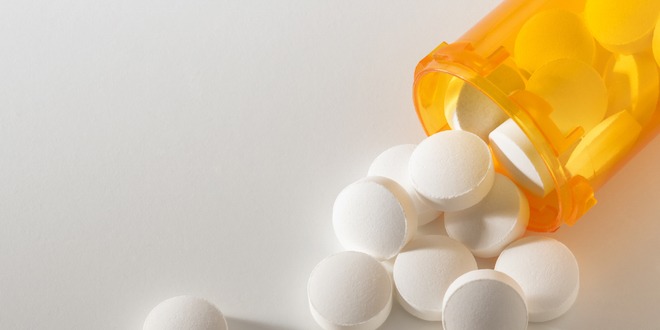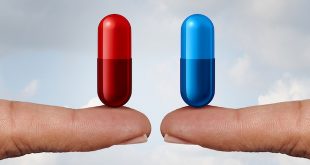Since type 2 diabetes is thought to involve both the pancreas not making enough insulin and the cells in the body being unable to use insulin effectively, type 2 diabetes oral medications are developed to correct various steps involved in both these deficiencies.
The following are groups of oral medications, listed by how they work in the body:
________________________________________________________________________________________
Medications that decrease the amount of glucose released from liver are known as biguanides
- Metformin: more common-twice daily; less common: three times daily
- Extended release formulation of metformin (Glumetza®): once daily
Note :
- best taken with food or after a meal
- may need to be stopped when having a dye study (e.g. CT scan) or surgical procedure
________________________________________________________________________________________
Medications that stimulate the pancreas to release more insulin are known as insulin secretagogues
- Glyburide* (Diabeta®, Euglucon®)
- Gliclazide* (Diamicron®)
*taken once or twice daily
- Gliclazide modified release** (Diamicron MR®)
- Glimepiride** (Amaryl®)
** more common: once daily; seldom: twice daily
- Repaglinide*** (GlucoNorm®)
- Nateglinide*** (Starlix®)
*** Taken with every meal; skip dose if not eating a meal
Note:
- Because these medicines can cause low blood glucose, individuals taking them should always carry a source of fast-acting carbohydrate.
- You should follow your meal plan and activity program. If blood glucose levels are consistently low, your healthcare provider should be called. If there is an increase in activity levels or reduction in weight or calorie intake, the dose may need to be lowered.
________________________________________________________________________________________
Medications that make the body more sensitive to the effects of insulin are known as thiazolidinediones (insulin sensitizers)
- Pioglitazone* (Actos®)
- Rosiglitazone* ( Avandia®)
*Usually once daily, same time every day
Note:
- You should talk with your healthcare provider if any of the following symptoms occur: nausea, vomiting, fatigue, loss of appetite, shortness of breath, severe edema or dark urine.
________________________________________________________________________________________
Medications that improve insulin levels after a meal and lower the amount of glucose made by the body are known as DPP-4 inhibitors
- Sitagliptin** (Januvia®)
- Saxagliptin** (Onglyza®)
- Linagliptin** ( Tradjenta®)
- Alogliptin** (Nesina®)
** Taken once daily, same time every day
________________________________________________________________________________________
Medications that slow the absorption of carbohydrate into the bloodstream after eating are known as alpha-glucosidase inhibitors
- Acarbose (Prandase)- taken with the first bite of every meal, skip dose if not eating meal
______________________________________________________
Medications that block the reabsorption of glucose in the kidneys are known as sodium-glucose co-transporter 2 inhibitors – or SGLT2's.
- Canagliflozin* (Invokana®)
- Dapagliflozin* (Forxiga®)
- Empagliflozin* (Jardiance®)
*Taken once daily
________________________________________________________________________________________
There are some commercial available products that combine 2 medications into one tablet:
- Avandamet® (metformin + rosiglitazone)
- Avandaryl® (glimepiride + rosiglitazone)
- Janumet® (metformin + sitagliptin)
- Kazano™ (metformin + alogliptin)
- Komboglyze® (metformin + saxagliptin)
- Xigduo® (metformin + dapagliflozin)
- Synjardy® (metformin + empagliflozin)
__________________________________
What can you do to make sure your diabetes medication is working?
The glucose-lowering effect of some oral medications may take a few weeks to work while others can start working after a few doses. It is a good idea to test blood glucose levels (at least once daily or more frequent) especially when starting a new medication or when the dose is changed.
Keeping a log of the blood glucose readings and sharing them with health care providers will enable the appropriate medication and the correct dose to be chosen.
I look forward to hearing from you on the subject of diabetes medications including insulin. You can post your comment in the Medication section of our Community Forums.
 Diabetes Care Community Learn, connect and care
Diabetes Care Community Learn, connect and care




